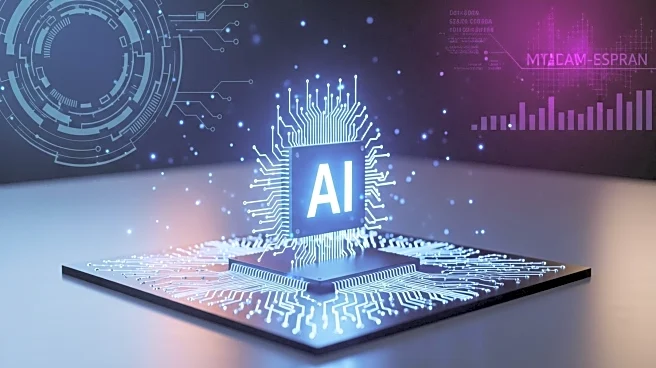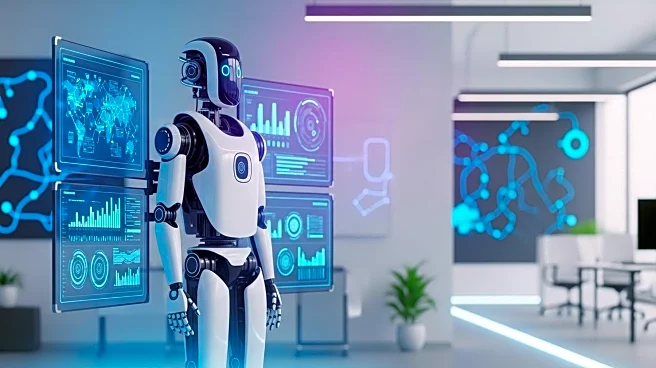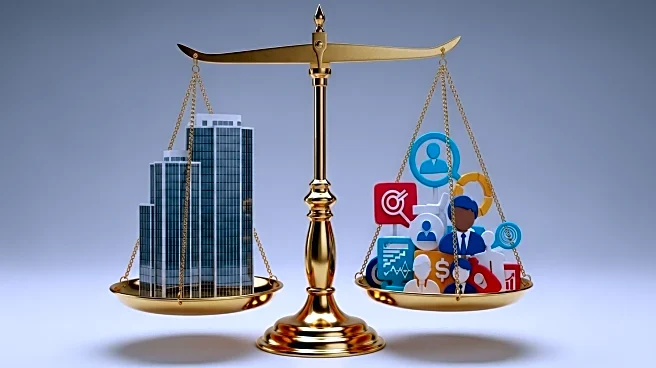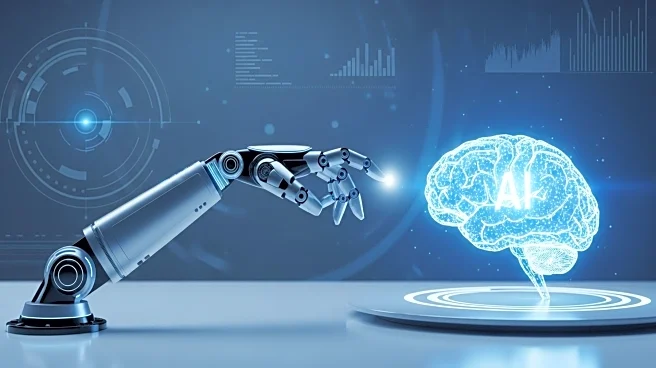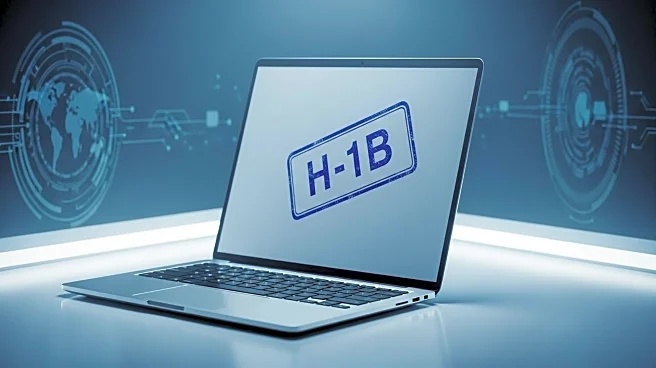What's Happening?
Researchers from BetterUp and Stanford Social Media Lab have identified a phenomenon called 'workslop,' which refers to AI-generated work content that appears substantive but lacks meaningful contribution to tasks. This issue has been observed across various industries, particularly in professional services and technology. A survey of 1,150 full-time U.S. workers revealed that 40% have encountered workslop in the past month, with an estimated 15% of received content being low-effort and unhelpful. The phenomenon is linked to the increased use of AI in workplaces, which has doubled since 2023. Workslop is characterized by overly verbose and convoluted language that adds unnecessary work for recipients, leading to confusion and decreased productivity.
Why It's Important?
The rise of workslop poses significant challenges for businesses, as it can erode trust and efficiency within teams. The financial impact is substantial, with organizations potentially facing a $9 million annual productivity loss for every 10,000 employees due to the time spent addressing workslop. Beyond financial costs, there are emotional and relational consequences, as employees may question their colleagues' capabilities and reliability. This issue highlights the need for companies to implement structured approaches to AI adoption, ensuring that AI tools are used to enhance rather than hinder human competencies.
What's Next?
To mitigate the effects of workslop, organizations are encouraged to foster a commitment to task quality and facilitate discussions on the best applications of AI. By providing guidance and leadership, companies can help employees use AI effectively without fear of judgment or replacement. This approach aims to reduce the burden of low-quality AI-generated work and improve overall productivity and collaboration.
Beyond the Headlines
The phenomenon of workslop underscores the broader implications of AI integration in the workplace. It raises ethical questions about the reliance on AI for tasks traditionally performed by humans and the potential for AI to diminish the quality of work. As AI continues to evolve, businesses must balance technological advancements with the preservation of human creativity and critical thinking.


